- May 2, 2015
- Posted by: kunalsabnis
- Category:Bengaluru, BLOG, Events, Kolkata, Mumbai, New Delhi, Pune, Speaker Events
 Speaker: Richard Harris – CEO, Port Shelter Investment Management
Speaker: Richard Harris – CEO, Port Shelter Investment Management
Event Locations and Dates: Delhi, Mumbai, Kolkata, Bengaluru and Pune from Apr 23 to May 1
Contributed by: Murugan Satish M
Is it a Wolf or a Dog? No one wants to wait to see what the source of shadow from behind the bush is. Rather they choose to change their feelings to one of these – anxiety, panic, naïve, indifferent, preparing for a fight et al. Rather one should have chosen to actually guess the source, may be playing Sherlock’s game of deductions by zeroing on the location (any nearby forest), tail (dog/wolf like), known dogs (neighbors/dog shelter nearby) or may be even try to look at from behind the bush (one may be taller Wolf or Dog case dog discussed is usually the case with financial markets, every player chooses to act differently. While acting differently is ok, the action should be followed by some logical research and not any impulsive sentiments. This was the focus of Richard Harris from Port Shelter Investment Management.
The sessions took off on a high note with a thought provoking humorous video on sentiments during subprime crisis (Bird and Fortune). It was followed on the difference between emotion and analysis and a behavioral financial recipe. The recipe for the rational financial analysis was to look at fundamentals (geopolitics, macroeconomic trends) along with valuation, liquidity, technical analysis and inferences from the public domain. Then consolidate it with asset allocation, invest selection, portfolio construction and risk analysis. Then finally add a little behavioral psychology. Voila! You got the recipe.
Richard discussed noise/ information overload to investors from various corners (news/lobby gossips/wall street research/golf chatter etc) and how one retains only a fewer share of each source of information and chooses to act on the same. Material information which can potentially affect the share price is likely to be noisy before it becomes public. For example, a golf player hears chatter during his play and transfers 80% of it to his friend during a dinner. The friend in turn transfers 60% of the original information to his daughter, who is working as an executive assistant in an investment bank. She discusses the same (now reduced to ~40%) with her fiancé over the phone in the office lift, were it is overheard by a trader, who finally retains only 20%. The trader who is not an analyst shares the news with his privileged clients. The clients who are the actual investors mix the info (~20% of the fact) with their own idiosyncratic analysis and choose to act in a way that may not be financially correct.
The audience and speaker engaged in dialogues on different biases (overconfidence/status quo/repetition etc) and some relevant examples were discussed. There was also a discussion on 3 types of news flow: ‘Known Knowns’ – e.g. the Fed will increase the interest rates sooner or later; ‘Unknown Knowns’ – e.g. the financial market reaction to the interest rate news; ‘Unknown Unknowns’ – any unpredicted macroeconomic effect which is not in the purview of any analyst forecasts. Since Unknown Unknowns can’t be predicted by anyone, analysts and investors choose to act on the ‘Unknown Knowns’ as a result of ‘Known Knowns’.
Richard also talked about Danziger’s study on judicial rulings which revealed how the judgments of prisoner paroles peaked during the start and after the breaks while it went downtown approaching breaks. The study shows how our behavior can be impacted by something as innocuous as our mood or energy levels, without we being aware of it.
The sessions ended with a summary of common market biases, indicators, consequences and remedies which was helpful for the audience as investors and CFA candidates.
– MSM
PS: The presentation is available at India page CFA Society.







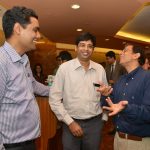




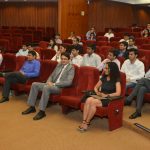

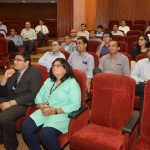
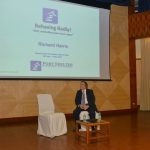


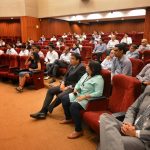
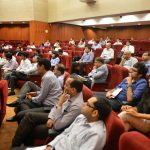







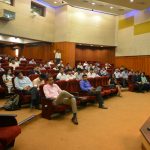

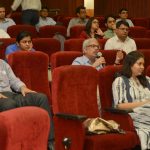
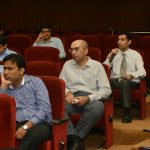

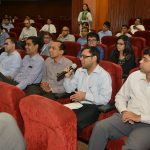

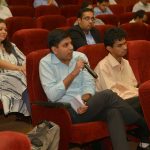







Can you also please share the presentation made by Richard at the event. It was a insightful ppt. He promised to share the presenation with the audience. Thanks